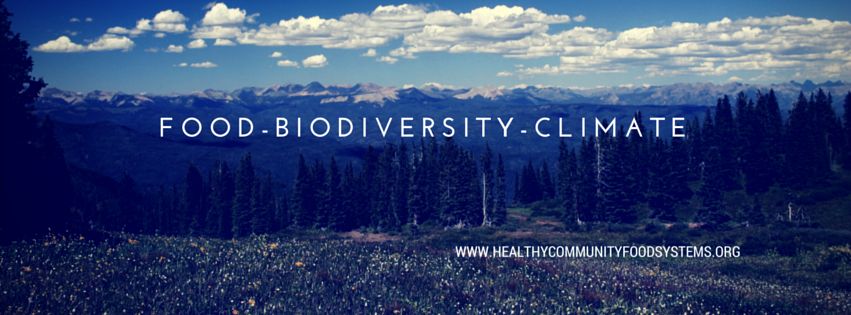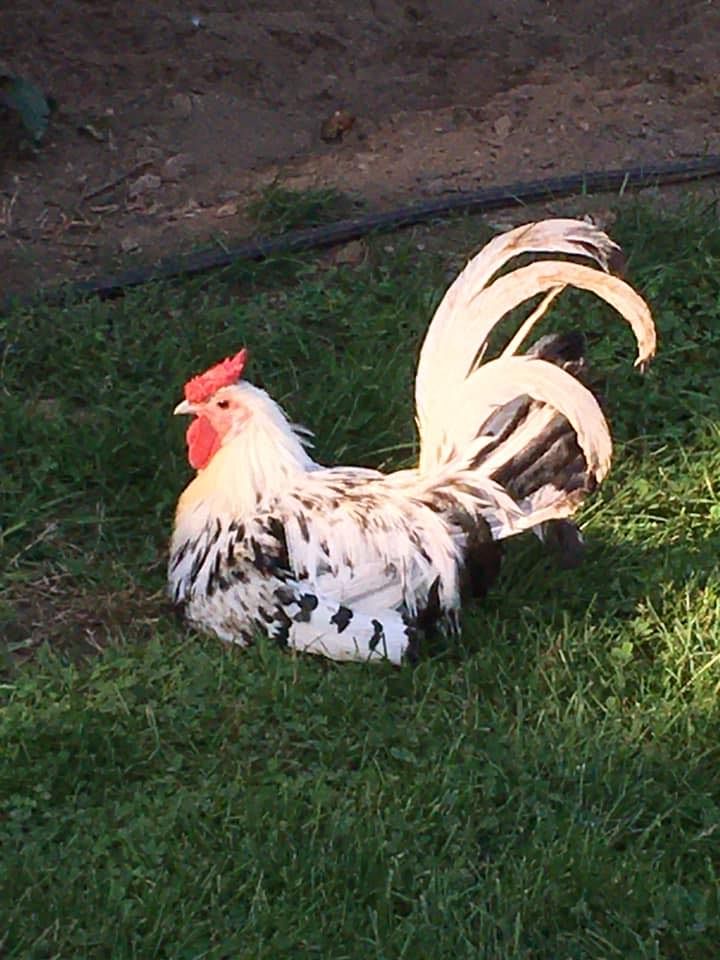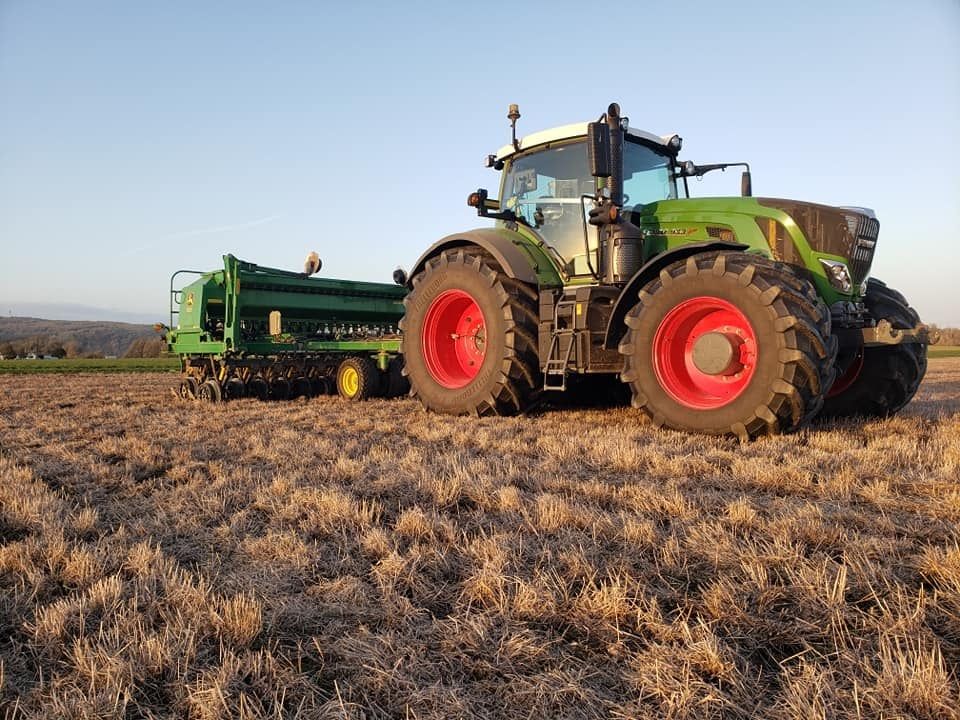Similar organisations to 4-H Clubs & Affiliated 4-H Organizations
-
Community Health Systems
-
559.
Healthy Community Food Systems
Getting Serious Now is what we all must do regarding the state of the world and its future—especially regarding biodiversity, climate change, and food systems.
112
Durango
-
Research Institutes and/or Public Policy Analysis
-
560.
Grassworks Inc
GrassWorks is a grassroots membership organization that provides leadership and education to farmers and consumers for the advancement of managed grass-based agriculture to benefit present and future generations.
HILLSBORO
-
Alliance/Advocacy Organizations
-
561.
D.I.G. Farm, Inc.
Reconnecting Communities to the Natural Good of the Farm DIG Farm is a registered 501(c)3 non profit.
1200
New Milford
-
Natural Resource Conservation and Protection
-
562.
Appalachian-Northeast Tenn Resource Conservation and Development Council
Appalachian RC&D Council is a non-profit organization conserving natural resources and improving rural economies in Tennessee and beyond since 1994.
4600
Johnson City
-
Agricultural Programs
-
563.
Oregon Ag Fest Inc
The Yamhill County Farm Bureau is a voluntary, grassroots, nonprofit organization representing ag.
244
Salem
St Croix County Adventurers 4-H Club
Extension works alongside the people of Wisconsin to deliver practical educational programs—on the farm, in schools and throughout urban and rural communities.
6954
Baldwin
-
Environmental Education and Outdoor Survival Programs
-
565.
Lillian Timber Farms Inc
LILLIAN TIMBER FARMS INC. Sustainable Agriculture in NE OKC Our mission is to educate and support underserved communities with growing organic produce and learning healthy living practices.
Oklahoma City
-
Education N.E.C.
-
566.
Northwest Horticultural Congress Inc
PRIMARY EXEMPT PURPOSE IS TO SPONSOR AN ANNUAL NORTHWEST AGRICULTURAL SHOW AND EDUCATION SEMINARS AT THE AGRICULTURAL SHOW THAT ARE SPECIFIC TO THE AGRICULTURAL INDUSTRY.
Sublimity
-
Agricultural Programs
-
567.
EDIBLE PRAIRIE PROJECT
Our Mission: Bridging the food insecurity gap through sustainable food production, equitable distribution and cultivating community connections.
1979
GILLETTE





